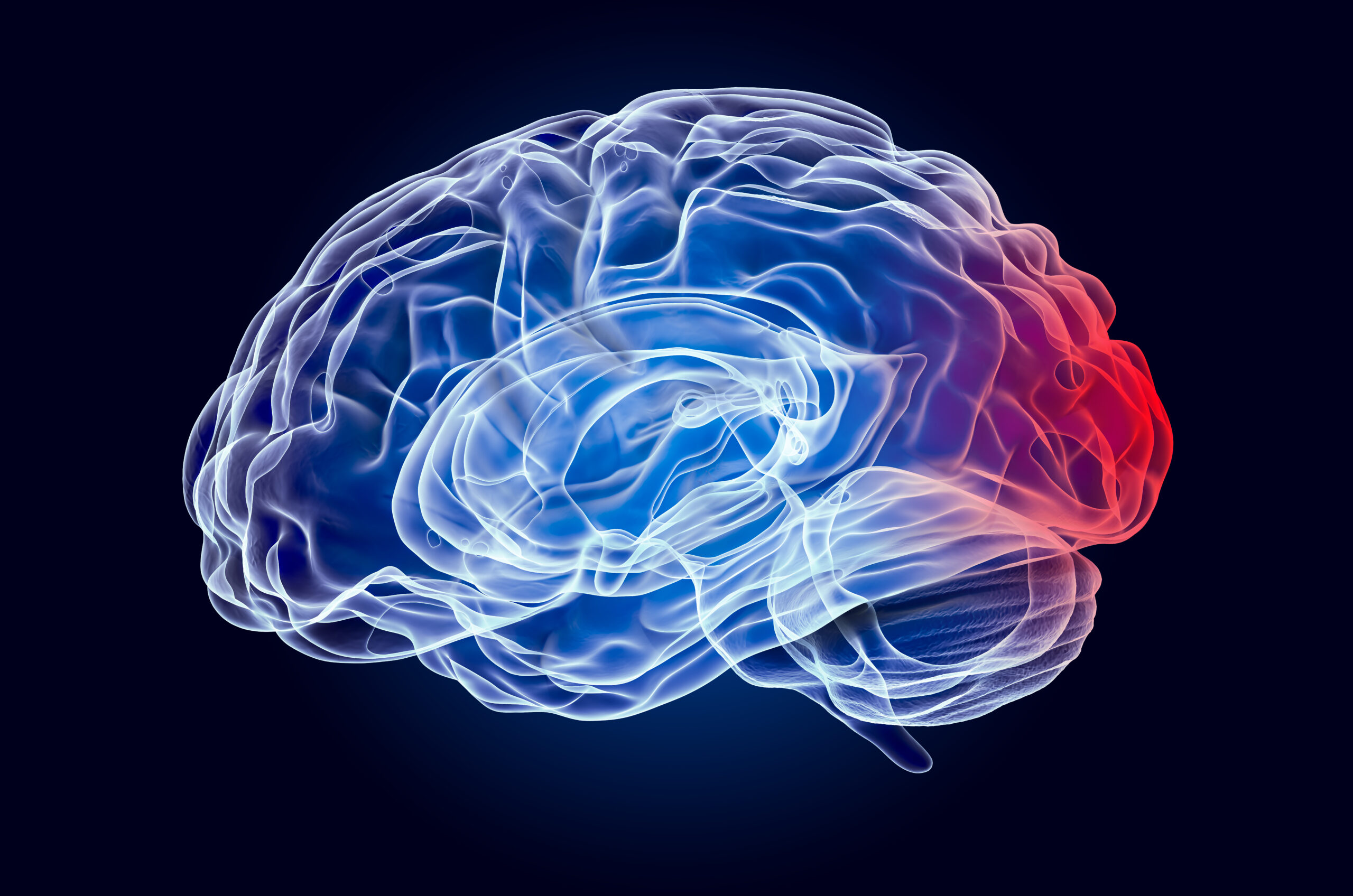Art and reminiscence therapy in dementia care
Art and reminiscence therapy are powerful tools in dementia care, offering numerous benefits for individuals living with this condition. These therapies focus on stimulating memory, promoting emotional well-being, and enhancing the quality of life for those affected.
## Art Therapy in Dementia Care
Art therapy involves using creative activities like drawing, painting, or crafting to engage individuals with dementia. This form of therapy can stimulate memory by encouraging participants to create familiar objects or scenes, which may evoke past experiences and emotions. For instance, drawing a favorite childhood home or a beloved pet can bring back cherished memories, helping individuals reconnect with their past and maintain a sense of identity[1].
Art therapy also provides a means of expression and communication, which can be particularly valuable for those who struggle with verbal communication due to dementia. Through art, individuals can convey emotions and thoughts in a non-verbal manner, fostering a sense of connection and understanding with caregivers and family members[3].
## Reminiscence Therapy
Reminiscence therapy involves discussing past events and experiences to stimulate memory and promote a sense of nostalgia. This therapy often incorporates visual aids like photographs, music, or personal artifacts to trigger memories and encourage storytelling. By focusing on positive past experiences, individuals with dementia can experience improved mood and reduced stress[5].
Reminiscence therapy can be conducted in group settings, where participants share their memories and experiences, fostering a sense of community and social interaction. This social aspect is crucial for maintaining emotional well-being and combating feelings of isolation that often accompany dementia[3].
## Benefits of Art and Reminiscence Therapy
Both art and reminiscence therapies offer several cognitive and emotional benefits for individuals with dementia:
– **Memory Stimulation**: Both therapies help stimulate memory by engaging participants in activities that evoke past experiences.
– **Emotional Well-being**: They promote positive emotions and reduce stress by focusing on enjoyable and meaningful experiences.
– **Social Interaction**: Group activities encourage social interaction, helping individuals feel connected and part of a community.
– **Expression and Communication**: Art therapy provides a non-verbal means of expression, which can be particularly helpful for those with communication challenges.
In summary, art and reminiscence therapies are valuable components of dementia care, offering a holistic approach to improving the quality of life for individuals affected by this condition. By leveraging creative expression and shared experiences, these therapies help individuals with dementia maintain their sense of identity, connect with others, and find joy in meaningful activities.





